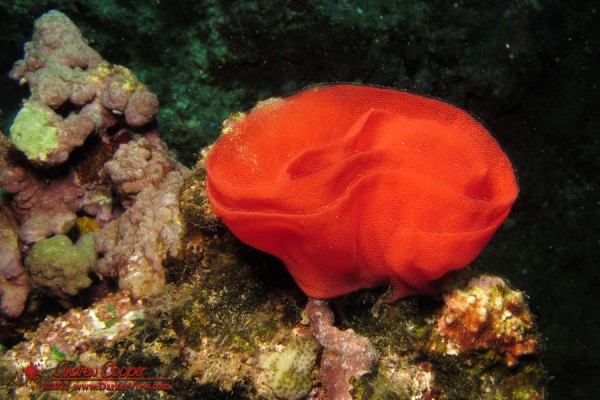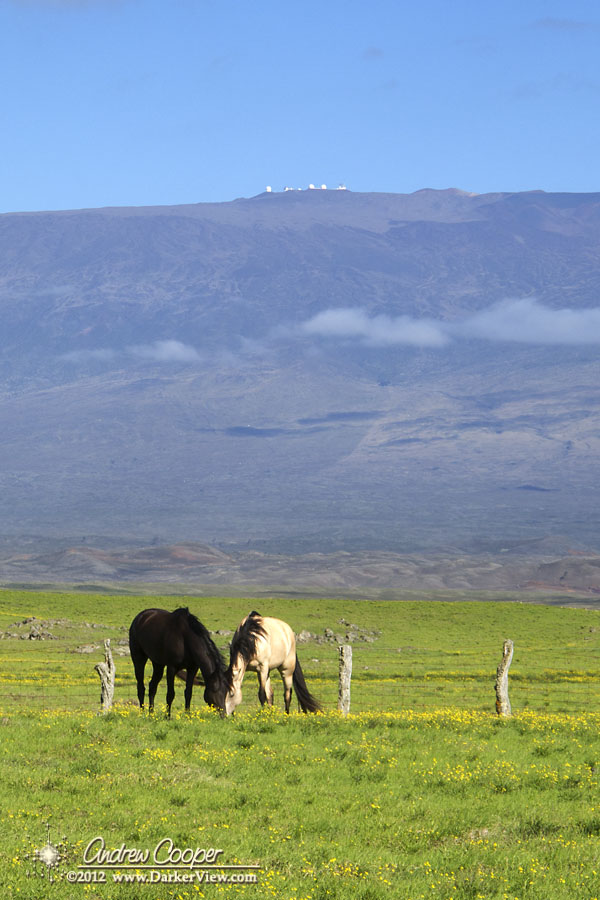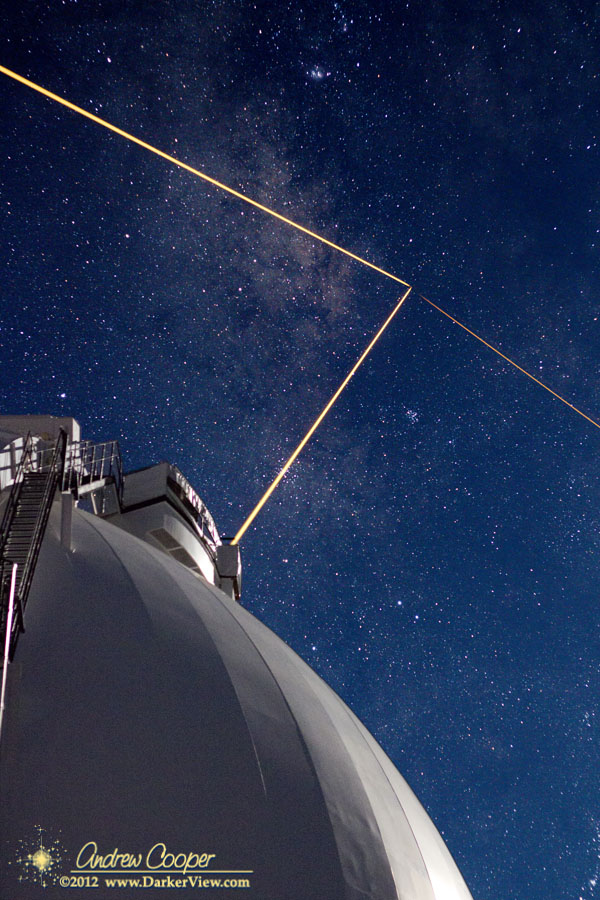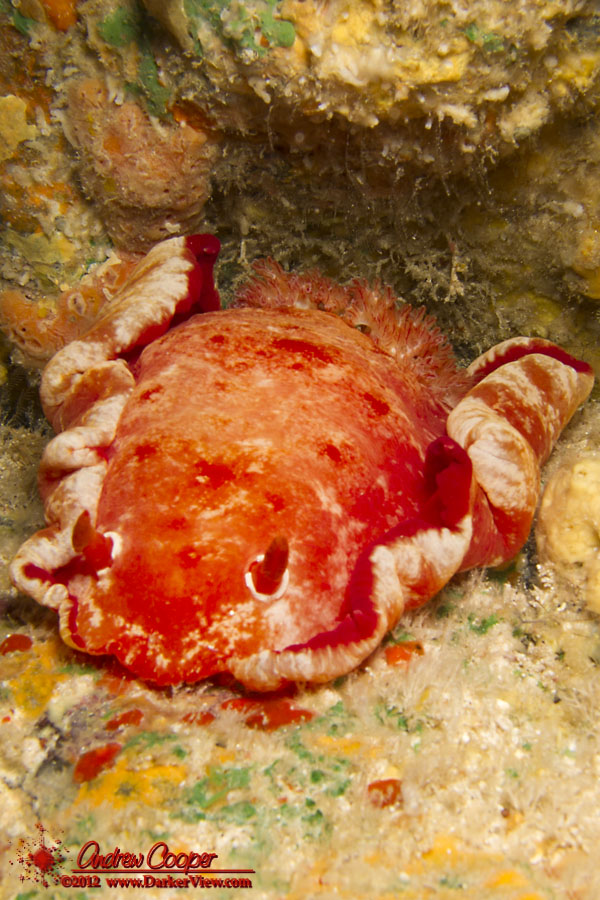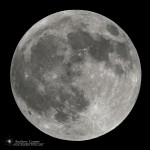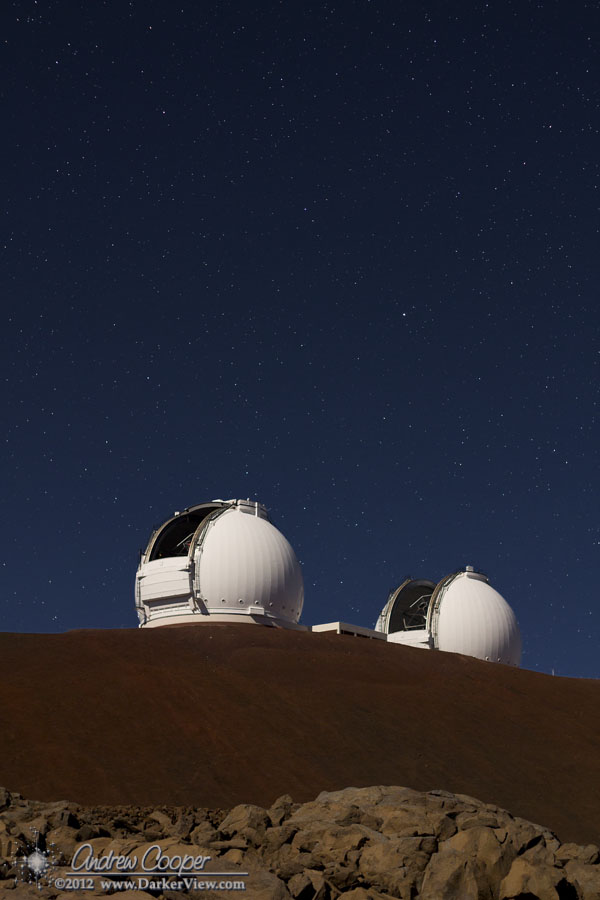The second feline arrived this week. Another bundle of energy wrapped in fur is now bouncing around the house.
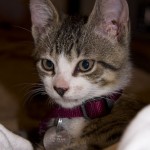
That look on your face? I have seen it already, on the face of a few folks when I mention the name. This includes the face of the Humane Society officer who gave me that same look. Try that again… I carefully pronounced it… Rass-al-ha-gway. She just shook her head and then asked me to spell it so she could type the name into the computer to complete the adoption paperwork.
Rasalhague is the brightest star of the constellation Ophiuchus.
You are making that look again! Ophiuchus?
You know the constellation! It should have been one of the signs of the zodiac, as familiar as Leo, Sagittarius, and Aquarius. The planets and Sun do go through this pattern of stars, but for some reason the ancient astrologers decided to ignore it. I like the constellation, situated just above the galactic core it is rich in targets for a telescope.
The name will, of course, be shortened to Ras for everyday use.
So far the name fits, even if corrupted to Rascal or other variations. While the name may roughly translate to “Head of the Serpent Collector”, there are no snakes in Hawai’i to collect. We have already found one dead gecko in the house. It appeared to have run afoul of the kittens, we just do not know which one.
Anything stringy or dangling, remotely snake-like is attacked. We have had to put away anything with a cord. Even so I found that the headphones I use with my iPad were only working in one channel, no sound to the left ear. Fixed, though the cord is now eight inches shorter.
A single kitten in the house is a shock, two is sheer mayhem. The first day was non-stop chasing and wrestling. This has settled down to where they only attack each other every five minutes. There is hope… When you are not looking they are curled up with each other.
It is nice to have a lively house again, perhaps a mite too lively. I expect it will settle down… In a couple years.

